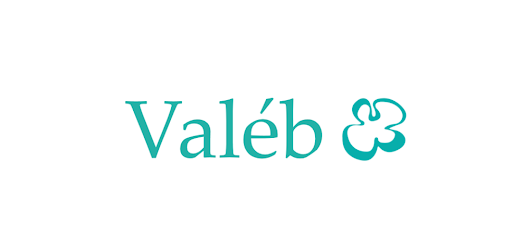VALÉB Announces the Upcoming Launch of Groundbreaking Advancement in Cervical Pre-Cancer Treatment

VALÉB, a revolutionary medical device designed to transform cervical treatment procedures, is set to launch by 2027. Developed by Dirk Coeman, MD, CEO, a gynecologist and reproductive surgeon at Life Expert Center Leuven (LEC) and LIFE, VALÉB, short for Vacuum-Assisted Loop Excisional Biopsy, addresses the critical limitations of conventional cone biopsy treatments by introducing an automated, safer, and less invasive alternative.
The device will build on the foundation laid by the LEEP/LLETZ method, first developed in 1984 by Walter Prendiville. While the LEEP was a vast improvement over the cold knife conization used previously, it has remained largely unchanged for four decades and still carries significant side effects, including smoke production, deep tissue removal, and an increased risk of vaginal lacerations and bleeding. VALÉB is re-engineering this procedure with modern precision, planning to offer a more advanced and patient-friendly approach.
"VALÉB aims to counter all the residual complications left by the original LEEP," says Dr. Coeman. "The inventor of the LEEP and clinicians who have been interviewed were all charmed by the evolution, acknowledging that our design could take the invention to the next level."
The VALÉB device will utilize a vacuum-assisted cup to isolate the cervix, expected to allow for a smoke-free, protected, and highly visualized operation. Its key innovation will lie in automating the loop excision process, making the procedure faster, safer, and accessible even in resource-constrained settings. The device is designed to remove only diseased tissue, reducing the volume of excised matter by up to two-thirds compared to traditional cone biopsies. This will not only lessen short-term complications such as bleeding and lacerations but also aims to preserve cervical anatomy and histology, critical for future pregnancies and long-term gynecological health.

An estimated 500,000 cone biopsies are performed annually in the United States alone, and more than that are diagnosed with precancerous cervical lesions. VALÉB may offer a gentler solution that could make treatment more accessible and acceptable, especially for younger women and those wishing to reduce the risk of their reproductive potential.
By significantly reducing the risk of bleeding and only removing superficial tissue, it aims to provide a safer path forward for those traditionally at higher risk during surgical procedures.
One of VALÉB's most promising potential lies in its accessibility. The device is automated, requiring only the selection of two settings before a single button activates the process in just 10 seconds. This minimal learning curve allows trained nurses or paramedical personnel to safely conduct the procedure in low-resource environments such as countries with limited access to gynecological specialists, like parts of Africa, India, and even underserved regions in high-income countries. For women with hematologic disorders such as thalassemia or sickle cell anemia, VALÉB represents a potentially life-altering option and could become a transformative tool for reproductive healthcare.
Although the original plans focused heavily on raising seed funding for FDA clearance and commercial scaling, the development team has now shifted focus toward the device's pending launch. With prototypes already proven to work on tissue models and the final production model already finalized, the roadmap to 2027 is underway.
Dr. Coeman concludes, "We have reached a moment where technological innovation must match clinical empathy. VALÉB is more than a medical device; it's a response to a long-overdue need for safer cervical care with the aim to improve women's health."
Although continued funding will be essential for FDA clearance and the final commercialization stages, the commitment to launch remains firm. The VALÉB team looks forward to bringing this essential innovation into the hands of medical professionals and the millions of women they plan to serve by 2027.
© Copyright IBTimes 2025. All rights reserved.




















